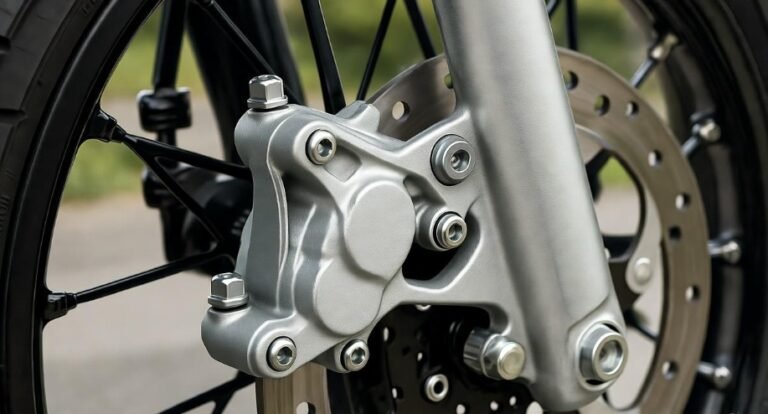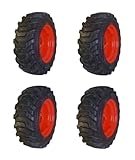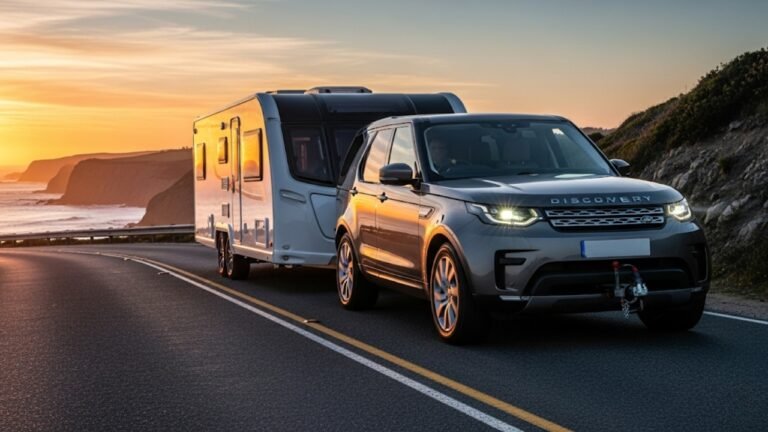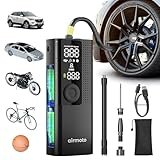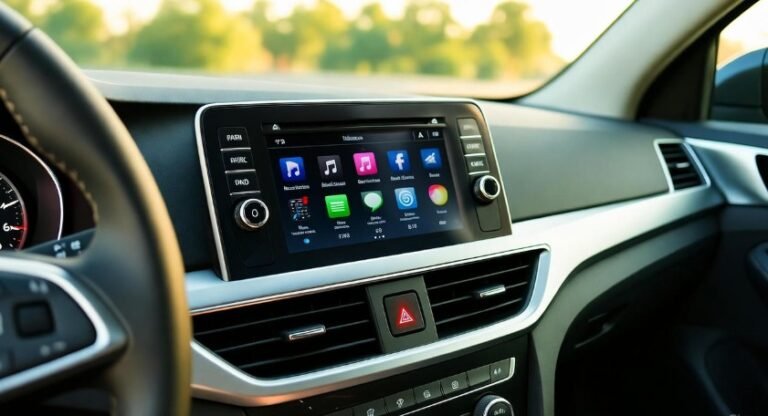What Is Shift Lock Release Hyundai: Troubleshooting Tips
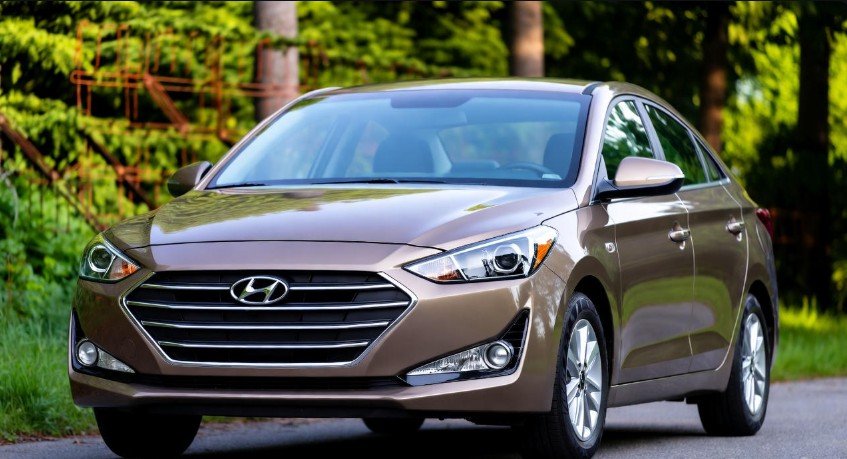
There are moments in driving when a small problem feels like it stops the whole world. One of those moments is when your Hyundai refuses to shift out of Park no matter how much pressure you put on the brake pedal. If you have ever sat behind the wheel, confused and a little frustrated, you are not alone. Many Hyundai owners face this issue at least once, and the simple hero behind the solution is the Shift Lock Release Hyundai system. It is a small feature, but it works like a safety net. It gives you manual control when your car does not let you move the shifter. Think of it as a spare key for your gear shift. It steps in when the main system stops working. In this guide, I will take you through how it works, why it matters, how to use it, and what to check when things go wrong. I will also add real-life insights so the whole experience feels like a friend helping you out during a stressful moment.
Understanding the Purpose of Shift Lock Release
The Shift Lock Release Hyundai feature is simple in design but powerful in action. It is a small backup system that lets you unlock the shifter when the car will not shift out of Park. Picture it as pushing open a stuck door after the automatic lock fails. Many drivers think the system fails, but in most cases, it is doing its job by keeping you safe. The feature stops the car from rolling by mistake when the brake pedal is not pressed. It ensures the gear never slips out on its own. When a problem occurs in the brake light switch or battery, the car cannot sense that the brake is pressed. As a result, the Shift Lock activates and keeps the shifter stuck. This is when you need the manual override. It is a helpful tool, especially in emergencies. You just insert a key or small object into the release slot and shift to Neutral. It gives peace of mind because even when things go wrong, you still have a way to move your car.
Why You May Need Shift Lock Release
You may be surprised how often the need for this feature appears. A dead battery, a blown fuse, or even a faulty brake light switch can lock your shifter in Park. When your car cannot detect the brake signal, the system refuses to move. Imagine pressing the brake, but the car thinks your foot is still off the pedal. It is like speaking to someone who cannot hear you. That is when the Shift Lock Release Hyundai step becomes useful. It gives you manual control so you can shift into Neutral and move your car to safety. You will see this problem more often in cold mornings when batteries struggle or when a car sits unused for days. Even new drivers panic when the shifter does not move. But once you know about this feature, the fear fades. You learn that your car is not broken. It is simply protecting itself and you. The manual release becomes your small rescue tool when nothing else responds.
Early Signs of Shift Lock Problems
Shift lock issues do not appear without warning. Your car often gives small signals long before you need the manual release. You may feel the shifter getting stiff, or you may notice the brake lights behave strangely. If the brake lights do not come on when you press the pedal, it is a red flag. It means the system cannot read the brake signal. This is one of the key reasons the shifter stays locked. Another sign is when you press the brake pedal and the click sound from the shift interlock system does not happen. Normally, you hear a soft click that tells you the lock released. When it stays silent, you know something is wrong. Sometimes the shifter feels loose or tight in a way that is not normal. These may look minor, but they are clues. Much like a person losing their voice before a cold, your car drops hints before it stops shifting. Being aware of these signs saves time, stress, and even money.
Common Causes Behind Shift Lock Release Troubles
Many things can interrupt the communication between your brake pedal and the shift system. A weak battery tops the list. When power drops, the system cannot activate. It is like trying to turn on a fan with no electricity. A faulty brake light switch is another common suspect. When this switch fails, your car cannot detect that the brake is pressed. Even a small fuse can bring everything to a halt. If the fuse connected to the shift system burns out, the lock remains active. Dirt or small debris around the shift lever can also create resistance. The system is sensitive, and even something small can trigger an issue. In rare cases, the shift interlock solenoid goes bad. This tiny part controls the locking and unlocking of your gear shifter. When it fails, the shifter becomes unresponsive. The good news is that most of these problems are easy and affordable to fix. The key is identifying the cause early.
How the Shift Lock Release Mechanism Works
Think of the Shift Lock Release Hyundai system as a teamwork mechanism. The brake pedal, brake light switch, interlock solenoid, and ignition all send signals to allow the shifter to move. When you press the brake, the switch sends a signal to the solenoid. The solenoid then unlocks the shifter. If any part of this chain breaks, the system goes into safety mode and locks the shifter. This is why the manual release exists. It is a small slot near the gear shifter. You open the cover with a key or small tool. Then you press into the slot and the shifter unlocks. The process is simple, but many drivers panic because they think their transmission is failing. But it is not the transmission. It is the safety lock. The manual release bypasses the system so you can move the car. It is not meant for everyday use, but it is a lifesaver when things go wrong.
How to Use the Shift Lock Release Manually
Here is a clear, simple way to use the manual release when the shifter refuses to move.
Use your car key, screwdriver, or any thin object.
Steps to Use the Manual Release:
-
Park the car on a flat surface and set the parking brake.
-
Turn the ignition to the ON position but do not start the engine.
-
Find the small cover near the shifter that says “Shift Lock Release.”
-
Remove the cover and insert a key or similar object.
-
Push down gently while moving the shifter out of Park.
-
Shift the car to Neutral and continue as needed.
This process helps when the system fails to unlock your shifter. You may feel nervous the first time, but once you try it, you learn it is simple and safe. The idea is similar to using a backup button when a machine freezes. It brings your car back under your control.
Troubleshooting Tips You Can Try at Home
You can test a few things at home before going to a mechanic. These steps often solve the issue without spending money. Start by checking the brake lights. Press the brake pedal and see if the lights turn on. If they do not, your brake light switch may be faulty. Next, check your battery. A weak battery can stop the shift system from working. Try turning on the headlights. If they look dim, your battery may be too weak. Another thing to check is the fuses. Look for the fuse related to the brake or shift lock system. Replace it if it looks burned. You can also clean around the shifter to remove dust or small objects that may block movement. These small checks act like first aid for your car. They help you understand whether it is a minor issue or something that needs professional help.
A Helpful Table for Quick Troubleshooting
Below is a simple table with common problems and quick solutions.
| Problem | Possible Cause | Quick Fix |
|---|---|---|
| Shifter stuck in Park | Weak battery | Charge or replace battery |
| Brake lights not turning on | Faulty brake light switch | Replace switch |
| No click sound when pressing brake | Bad shift interlock solenoid | Inspect or replace solenoid |
| Shifter feels blocked | Dirt around shifter | Clean the area |
| Fuse blown | Electrical issue | Replace fuse |
This table gives a short and simple way to detect issues without stress. It acts like a cheat sheet for your car.
When You Should Seek Professional Help
There are moments when home checks are not enough. If you feel the shifter still refuses to move, even after using the manual release, it may be a deeper issue. The internal parts of the Shift Lock Release Hyundai system can wear out over time. The solenoid, wiring, or even the gear mechanism may need expert care. A mechanic has the tools to test voltage, signals, and the health of the brake switch. Sometimes the problem comes from a hidden electrical fault that you cannot see from the outside. If your brake pedal feels weak or sinks lower than normal, the brake system itself may be at fault. This also affects the shift lock. It is better to ask a professional rather than force the shifter. Forcing it can damage the transmission. Think of it like asking a doctor when a home remedy does not work. There is no harm in checking, but delaying can make things worse.
How Regular Maintenance Prevents Shift Lock Issues
Maintaining your Hyundai is like keeping a door hinge oiled. It prevents sticking, rusting, or jamming. Most shift lock problems happen when small issues go unnoticed. A weak battery becomes weaker. A brake light switch starts to fail. A fuse burns out silently. Simple checks during routine servicing save you from being stuck in a parking lot with a shifter that will not move. You can ask your mechanic to test the brake switch, inspect the interlock solenoid, and clean the shifter area. These small steps keep the Shift Lock Release Hyundai mechanism healthy. You can also check your brake lights at home every few weeks. It takes ten seconds. If they do not turn on, you know something needs attention. Maintenance is not only about preventing problems. It is about peace of mind. When your car is healthy, your driving feels smooth and stress free.
Real-Life Situations Where Shift Lock Release Saves the Day
You may wonder how often people actually need this feature. More often than you think. I remember a driver sharing how his Hyundai refused to shift during a stormy evening. His battery was almost dead. The lights were dim. The rain was loud. He tried everything but the shifter was stuck. He felt helpless. But once he used the manual release, he could move the car under a shelter and call for help. Another driver said she was late for work, and her brake lights were not turning on. She used the manual release, shifted into Neutral, and towed the car to a workshop. These small stories show how the Shift Lock Release Hyundai feature is not just a mechanical tool. It is that friend who steps in when everything else seems to stop. It turns panic into relief. It teaches you that even when technology fails, you still have a manual key to freedom.
Safety Tips When Using Shift Lock Release
Using the manual release is simple, but safety should always come first. Make sure the parking brake is engaged before shifting out of Park. This prevents the car from rolling. Always shift to Neutral in a controlled way. Never press the accelerator during this process. Keep children away when you open the cover near the shifter. Small tools or keys can slip and cause injury. If you are using the manual release at night or in a crowded area, turn on your hazard lights. It alerts others that you are dealing with an issue. These may sound small, but they protect you from accidents. The Shift Lock Release Hyundai feature is safe when used the right way. It is like using a spare stair when the main elevator stops. You need to walk carefully, but you can still reach where you need to go.
Why Hyundai Uses This System in All Automatic Models
Hyundai includes this system because safety matters. Automatic cars must ensure that the shifter never moves without the brake. Without this lock, a small mistake could cause the car to roll and hit someone. Children could accidentally push the shifter. A driver could forget to press the brake. The Shift Lock Release Hyundai mechanism prevents all these accidents. It also helps during electrical issues. So even if the system fails, you can still move your car. Hyundai designs cars for real-world problems, not just ideal roads. This system is a reminder of that. It helps drivers stay safe. It gives a backup plan for emergencies. It keeps the shifter controlled at all times. The feature may look small, but its role is huge. It is the balance between convenience and safety. And it works quietly until the day you need it.
Expert Tips to Keep the Shift Lock System Healthy
Below are expert-grade but simple tips you can follow:
-
Test your brake lights every two weeks.
-
Keep your battery charged and replace it before it becomes too weak.
-
Clean the shifter console to keep dust out.
-
Ask your mechanic to inspect the solenoid during servicing.
-
Avoid spilling liquids near the gear area.
These steps take minutes but prevent hours of frustration. They keep the Shift Lock Release Hyundai function smooth and reliable. Car systems are like plants. A little care, once in a while, keeps them alive and healthy.
More Troubleshooting Tips for Tough Cases
If the shifter stays stuck even after basic checks, try these. Gently press and release the brake pedal several times. Sometimes the switch reconnects. Try turning the ignition OFF and then ON again. Electrical connections may reset. Move the steering wheel gently side to side while pressing the brake. In some cases, steering lock tension affects the system. If nothing works, use the manual release. Never hit or force the shifter. Forcing it can break the internal components. At this point, your best option is checking the brake switch or solenoid. One of these parts is usually responsible. These steps act like deeper layers of a checklist. They help when the problem is stubborn and does not want to go away.
FAQ Section
Here are common questions people ask about shift lock issues:
1. What exactly is the Shift Lock Release in Hyundai?
It is a safety and backup feature that lets you unlock the shifter manually when the system that reads your brake signal fails. It helps you shift out of Park when the car refuses to move normally.
2. Why does my Hyundai get stuck in Park?
The most common reasons are a weak battery, faulty brake light switch, burned fuse, solenoid issue, or electrical problems. All these stop the shifter from unlocking.
3. Is using the manual release safe for the car?
Yes. It is designed for emergencies. It will not harm your transmission. It simply bypasses the main lock system.
4. Where is the Shift Lock Release located?
It is usually next to the gear shifter, covered by a small plastic cap labeled “Shift Lock Release.”
5. Can a bad brake light switch cause shift lock issues?
Yes. If the car cannot detect that you pressed the brake, the shifter stays locked.
6. Should I drive normally after using manual release?
You can shift into Neutral for movement, but you should not continue driving without fixing the main issue first.
7. How do I know if the solenoid is bad?
You will not hear the usual click when pressing the brake, and the shifter will not unlock even when everything else works.
8. Can cold weather affect the shift lock?
Yes. Cold weather weakens batteries and stiffens mechanical parts, which can cause the system to fail.
Conclusion
The Shift Lock Release Hyundai feature is small but essential. It is your rescue tool when your car refuses to shift out of Park. It keeps you safe and gives you control during unexpected electrical or mechanical failures. Learning how it works removes fear and confusion during emergencies. Simple habits like checking your brake lights, keeping the battery healthy, and cleaning the shifter area prevent issues long before they start. When things do go wrong, the manual release becomes your silent helper. It is like having a spare door when the main one jams. You do not use it every day, but when you need it, it feels like a life saver. Your Hyundai is built with layers of protection. The shift lock system is one of those layers. Knowing how to troubleshoot it keeps your driving safe, smooth, and stress-free.

